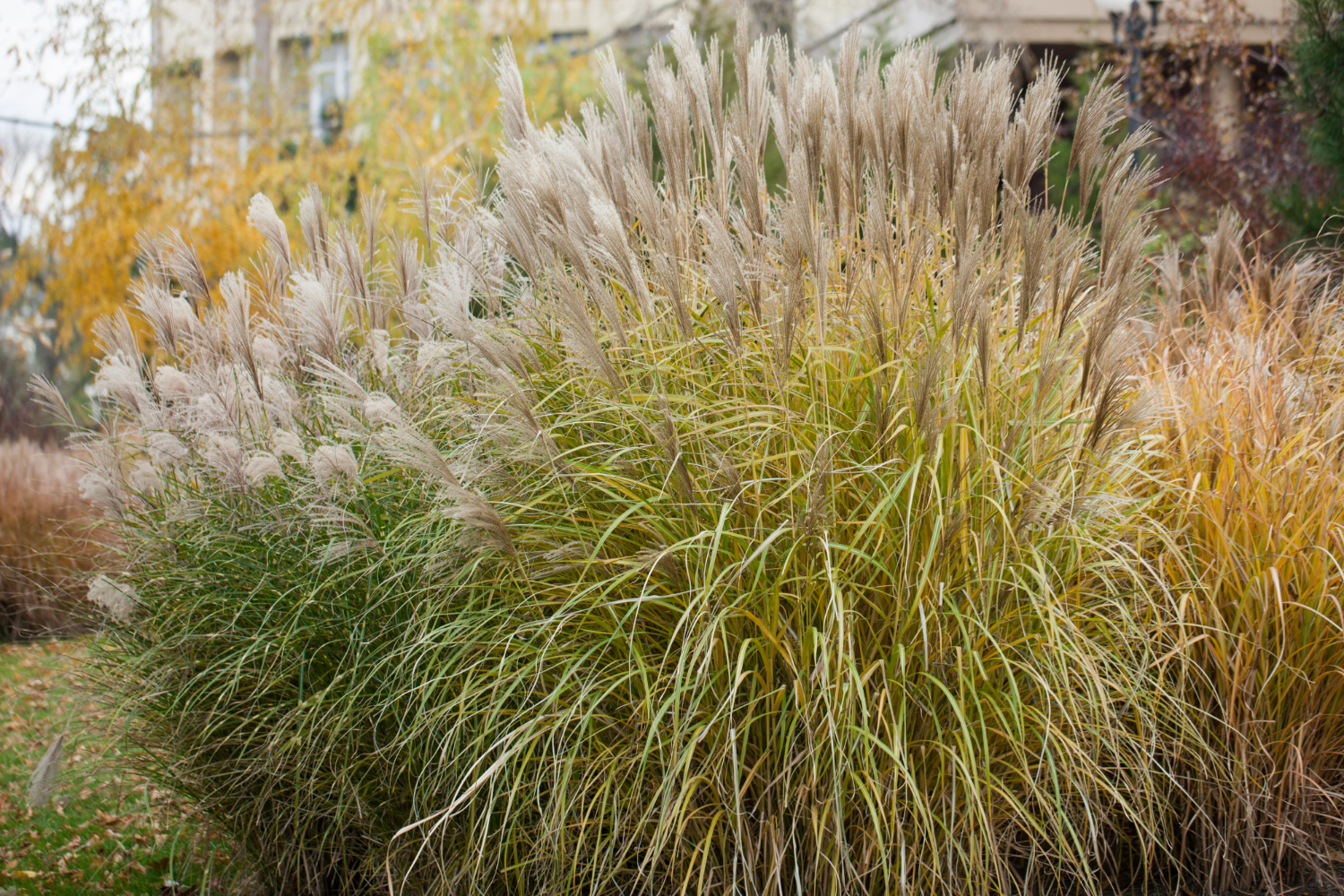If you are looking for an original and aesthetic plant to enhance your garden, look no further than the Stipa tenuissima. This ornamental grass, also known as Angel’s hair, offers light and silky foliage that twirls in the wind. Its delicate appearance and ease of maintenance make it an ideal choice for modern gardens or natural spaces.
Botanical characteristics of stipa tenuissima
Native to semi-arid regions of South America, Stipa tenuissima belongs to the Poaceae family. It is distinguished by its fine, evergreen foliage, forming a dense clump that generally extends 50 to 60 centimeters in height and width. The leaves, long and narrow, are light green and take on a golden hue in autumn.
Flowers and inflorescences
Stipa tenuissima produces discreet, yet charming flowers. The latter generally appear between June and September and appear in the form of inflorescences in feathery panicles. The spikelets, which measure 1 to 2 centimeters long, are tinted with a beige or silver color, giving a slightly shiny appearance to the whole.
Habit and growth
As mentioned previously, Stipa tenuissima develops a dense, erect clump, which can sometimes spread over time. Its growth is relatively rapid, allowing it to reach its adult size in just a few years. However, it is important to note that this grass can be invasive under certain conditions, particularly if it benefits from rich, moist soil.
Growing and maintaining stipa tenuissima
Growing Stipa tenuissima is rather simple, as long as you respect its requirements in terms of light, soil and watering. In this section, we will review the different aspects of planting and caring for this ornamental grass.
Exhibition and floor
To fully flourish, Stipa tenuissima requires sunny or slightly shaded exposure. However, it tolerates partial shade quite well, especially in regions with hot and dry summers. Regarding the soil, this grass is not particularly demanding: a well-drained substrate will suit it perfectly, whether it is slightly acidic, neutral or calcareous. However, it particularly appreciates poor and dry soils, which limit the risk of invasion.
planting
Stipa tenuissima can be planted in spring or fall. To promote good rooting, it is advisable to prepare the ground by loosening the soil and adding a little potting soil or compost. Once the plant is established, be sure to pack the soil tightly around the roots and water generously to eliminate air pockets.
Watering and maintenance
Since Stipa tenuissima is a drought-resistant plant, it will only need low water intake, especially during the first weeks after planting. Thereafter, regular but moderate watering will be enough to maintain an adequate humidity level. In periods of prolonged drought, do not hesitate to slightly increase the frequency of watering.
Pruning and cleaning
In order to maintain a dense and well-structured tuft, it is recommended to prune Stipa tenuissima once a year, generally at the end of winter or early spring. To do this, cut back all the foliage to about 10 centimeters from the ground, taking care not to damage the young shoots. You can also take advantage of this operation to remove dry or damaged leaves.
Use and associations in the garden
Stipa tenuissima is a versatile plant that can be used in a variety of landscape designs. Its graceful habit and light foliage make it an excellent choice for decorate flowerbeds, borders or rockeries. It goes particularly well with perennial plants such as yarrow, sage or geraniums, as well as other grasses with contrasting textures such as miscanthus or pennisetum.
In conclusion, Stipa tenuissima is a charming ornamental grass that fully deserves its place in the garden. Its ease of cultivation and its airy and elegant appearance make it an undeniable asset for creating soft and relaxing atmospheres. So don’t hesitate to integrate it into your plant compositions to benefit from its many aesthetic and ecological benefits.













